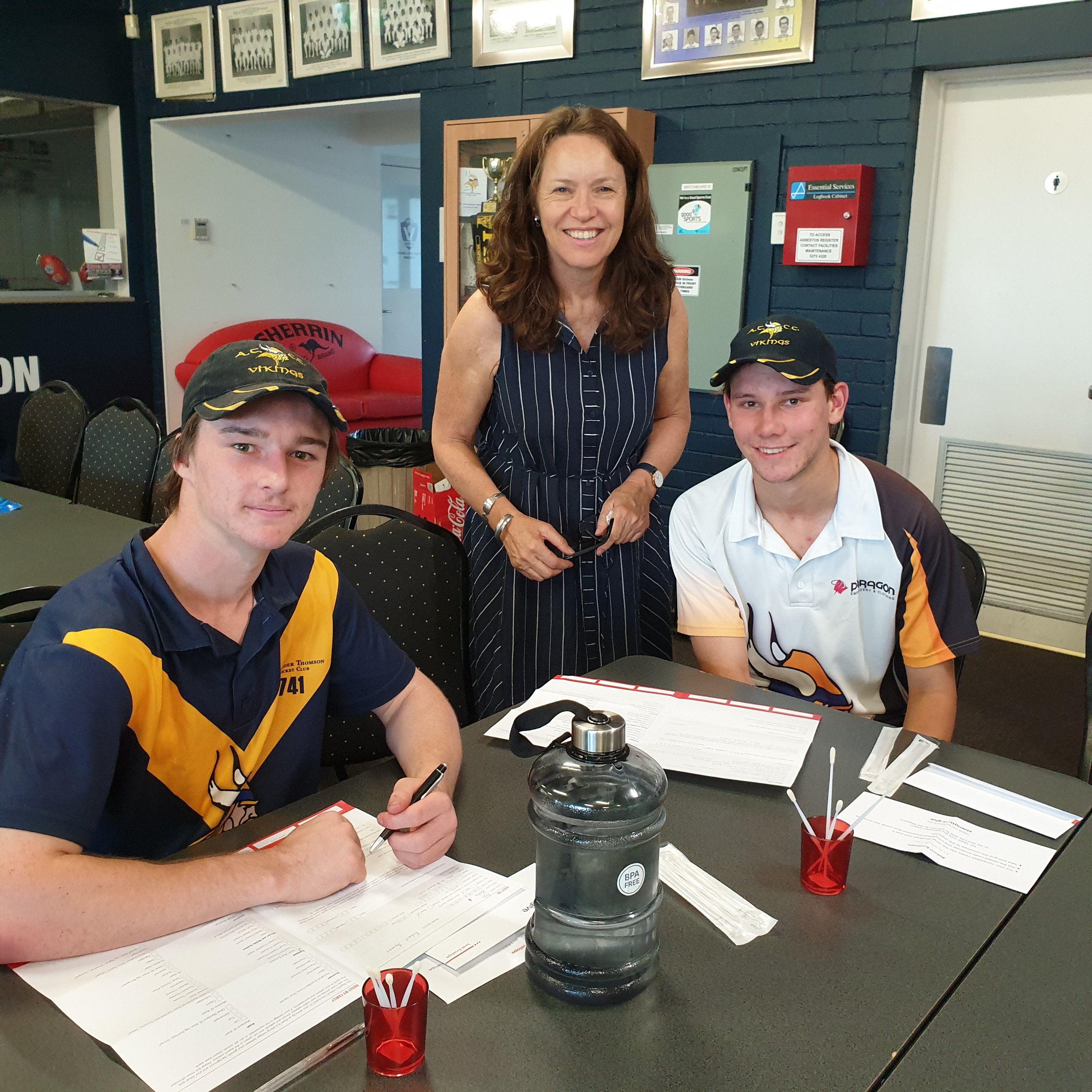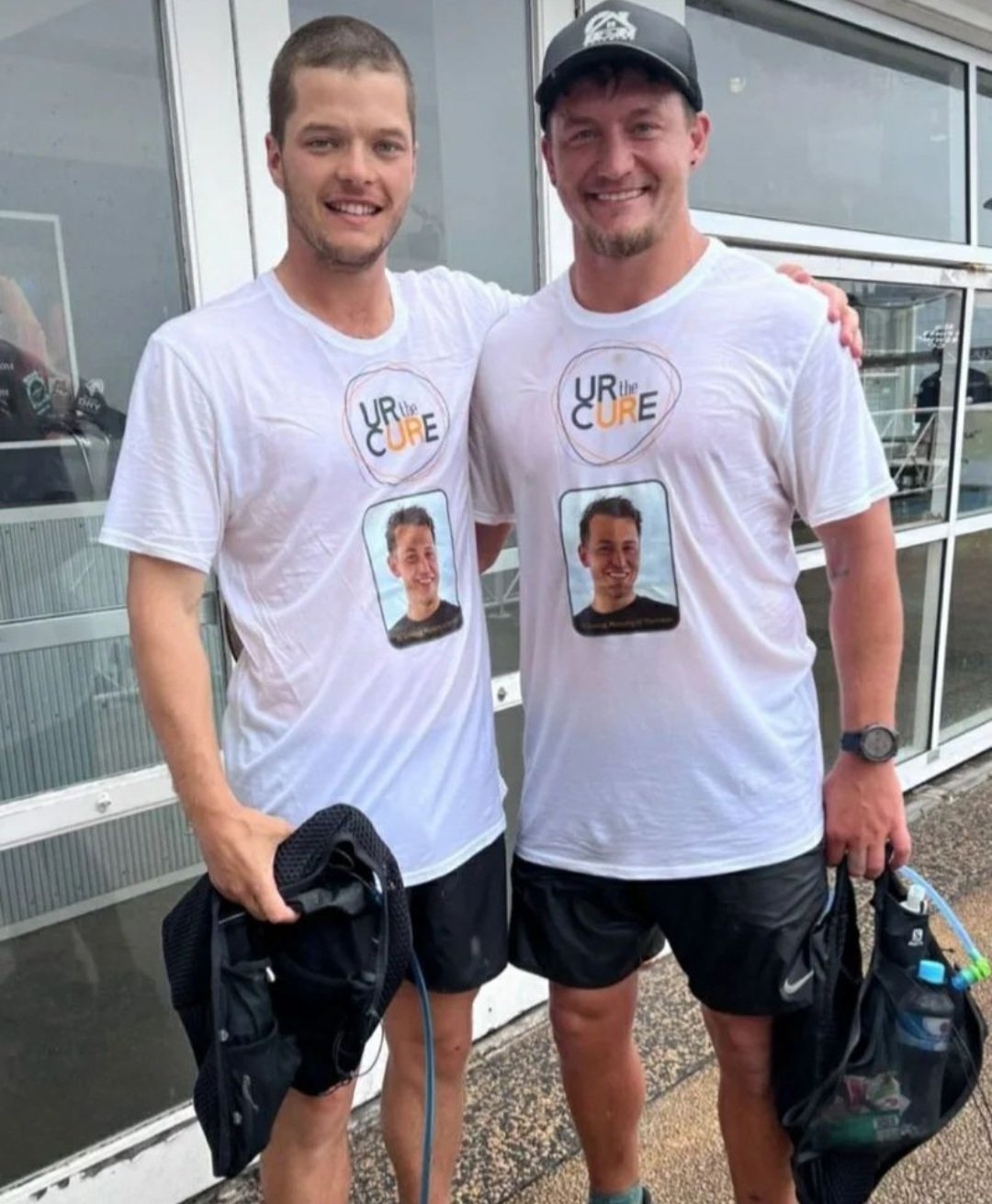Our impact
At UR the Cure, we focus on 2 main areas of work.
1. Increasing and diversifying the number of people registered on the blood stem cell donor registry and saving the lives of those living with blood cancer and other blood diseases
2. Advocacy work to improve the current limitations and challenges in Australia and make it easier for people to join the registry (see our advocacy page for more info).
We have come a long way since we started! It has been a difficult climate to operate in Australia because of government restraints and challenges which has seen us put alot of our resources into advocating for much needed change. Despite this we continue to persist and thrive, below are some of our key achievements which we are very proud of! Download our full key achievements document here.
UR the Cure key achievements
-
In 2015 UR the Cure was founded and incorporated as an association and registered as a charity with the ACNC (Australian Charities and Not For Profits Commission).
In 2019 UR the Cure became an official partner of the Australian Bone Marrow Donor Registry (ABMDR) and their Strength to Give cheek swab program.
In 2023 UR the Cure changed its legal structure from an Incorporated Association to a Company Limited by Guarantee; forming a Board of Directors and acquiring DGR status (deductible gift receipt).
In 2024 UR the gains accreditation as a donor recruitment organisation and continues the official partnership with the ABMDR and Strength to Give.
UR the Cure has been a registered charity since 2015
-
UR the Cure continually advocates for changes in Australia to make it easier for people to join the donor registry, particularly for the introduction of cheek swab testing. Since 2017, UR the Cure has consistently engaged with governments to release held funds to support the implementation of cheek swab testing.
In 2017 a submission was written to the government review of the transplant sector using the feedback and support of over 500 people who completed a survey commissioned by UR the Cure
Pamela, founder of UR the Cure secures meetings over a number of years with various politicians and MP’s including State and Federal Health Ministers and even the Deputy Prime Minister of Australia
UR the Cure engages with volunteers all around the country to help achieve advocacy goals, including with @biffrunner in 2022 who ran over 1000km for the “20-50” campaign to raise awareness for the introduction of cheek swab testing
Coordinated a number of volunteers around Australia to hand deliver Sophie’s petition to introduce cheek swabs and other information to State and Federal Health Ministers; sparking a series of government meetings
Engagement over the years with the Leukaemia Foundation to gain their support for cheek swab testing, including involvement in the feedback panel for their National Strategic Action Plan
Worked closely with MP Robbie Katter’s office who helped advocate for the introduction of cheek swab testing into Australia; assisting with feedback for media releases and government correspondence and providing information
Presented to the government’s clinical advisory group in 2022 for the introduction of cheek swabs
A submission was written in 2023 to the Victorian Parliamentary Inquiry into Increasing Organ and Tissues Donors
Media engagement and interviews plus more!
@Biffrunner ran over 1000km to help us raise awareness on the need for cheek swab testing in Australia
-
UR the Cure conducts various donor drive events in the community. As of 2023 these events have resulted in over 720 people joining the donor registry at in-person community donor drives and over 1,500 online order clicks for cheek swab kits.
During the Strength to Give cheek swab pilot program, UR the Cure was the 2nd highest performing partner in relation to the number of people joining the registry, just behind the Leukaemia Foundation!
UR the Cure was the only partner during the pilot program to deliver a matched donor!
Official numbers on how many people have joined through UR the Cure drives and activities only began to be reported on in September 2019 with the introduction of cheek swab testing and our partnership with Strength to Give. Prior to this, recruitment was done only through Red Cross Lifeblood and there was no official means of reporting possible. The above data relates to official reporting numbers, however actual numbers since UR the Cure was incorporated is expected to be much higher.
UR the Cure Director Kate with some young cricket players at one of our donor drive events
-
In 2016 the UR the Cure website was developed as a valuable resource. Simple and easy to read information about stem cell donation was basically non-existent in Australia when UR the Cure started, the Australian Bone Marrow Registry website linked to ours as a source of information at the time. Our social media following continues to grow.
-
UR the Cure has developed an array of resources and programs over the years including workplace and community education programs, Sporty Stem Cells program, a resource toolkit to support community volunteers running donors drives and activities and more.
An easy to read one page information sheet about stem cell donation was one of many resources developed
-
UR the Cure continues to conduct various educational presentations with key groups and organisations.
Over the years UR the Cure has presented to groups such as HSANZ (Haematology Society of Australia and New Zealand), the University of Queensland’s School of Psychology Donor Research Network, Red Cross Lifeblood Centres, at various events including the Leukaemia Foundation’s Light the Night and Cancer Council’s Relay for Life, community education presentations with church youth groups, schools and more.
-
UR the Cure has been involved in extensive media engagement since 2012. Pamela, UR the Cure founder has featured in many interviews, news reports and programs over the years including on all major Australian TV network channels.
UR the Cure has featured and directly involved in over 50 media stories in Australia (major newspapers, radio, magazines and television) and many more indirectly
Facilitated press releases on behalf of searching patients leading to coverage on Channel 7 news and newspapers
Appeared on Network 10’s “The Project” television program in 2016 as the only representative organisation for official comment and provided information about stem cell donation, with Pamela addressing common misconceptions, answering questions and providing information to the hundreds of comments on social media after the report. This highlights the gap we had in Australia that a grassroots organisation like UR the Cure stepped in to make the official comments and manage the publicity versus the peak body (ABMDR), it’s one of the reasons why we lobby government to better support the ABMDR
Engaged with media from some of the minority groups leading to interviews with SBS Arabic, Voice of Charity and Joy FM to raise awareness about stem cell donation in these communities
-
UR the Cure has had various articles and newsletters published in different outlets over the years to raise awareness and educate the public on the importance of stem cell donation; including an article in the Royal College of Pathologists of Australasia ePathway newsletter, Haematology Society of Australia and New Zealand newsletter, Know Pathology Know Healthcare newsletter, ABMDR annual reports, Barwon Health (Geelong University Hospital) “Auricle” publication, FECCA - Federation of Ethnic Communities Councils of Australia E-News publication, Queensland Health article “The Drift” publication, blog post on the Donor Research Network website, various workplace newsletters and more.
Barwon Health and the Geelong Hospital published an article in their Auricle publication
-
UR the Cure has developed a strong network and managed healthy relationships with key stakeholders. The UR the Cure networks are diverse and varied and include hospitals, other not-for-profit organisations, culturally diverse organisations and groups, influential community leaders, overseas donor registries and organisations, government officials and politicians, patients and families.
UR the Cure also maintains a very strong and positive relationship with the ABMDR.
-
UR the Cure maintains a strong financial position; reporting positive revenue for every financial year since incorporation. This has mainly been sustained through community fundraising efforts with very minimal government grants.
Sonny and Ben fundraised over $30,000 for UR the Cure in honour of their mate Harrison.








